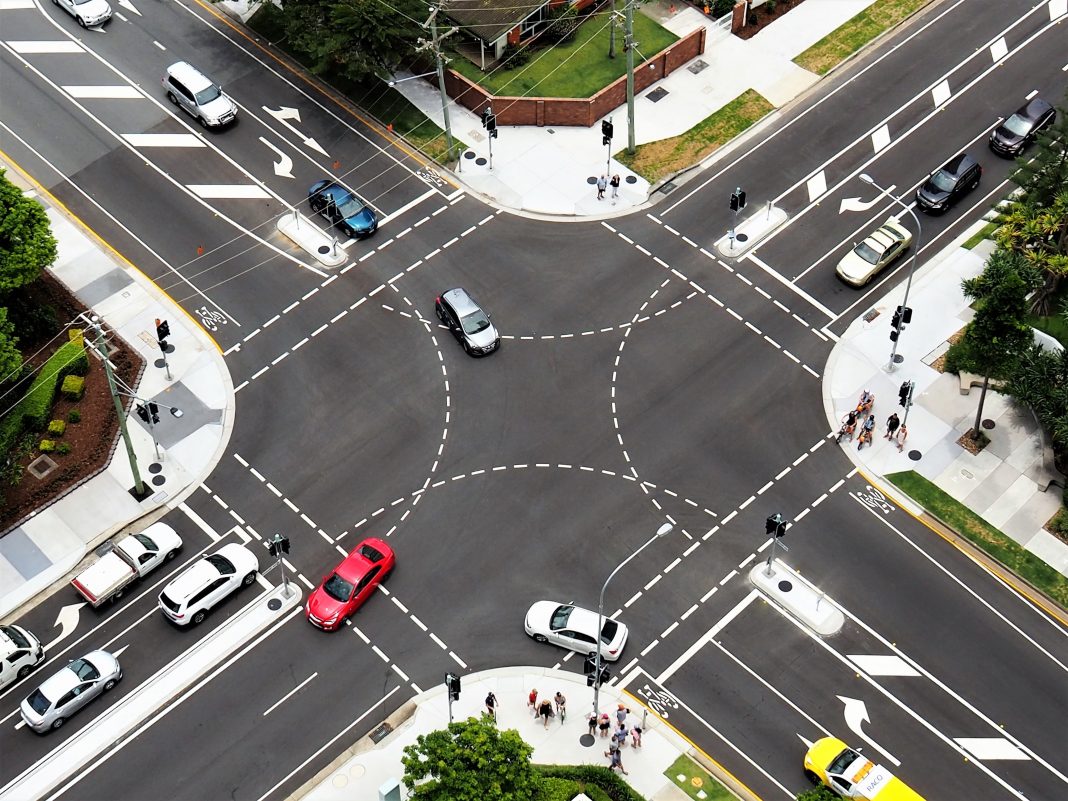BEVERLY HILLS- In order to reduce the risk of being exposed to COVID-19 from pressing the crosswalk button, the Beverly Hills Community Development and the Public Works Departments have initiated the expansion of automated pedestrian crosswalk signals to more intersections. The expansion began in early April and by April 17, the automated systems have been initiated at 58 intersections.
As there are usually eight buttons at each intersection, the city has placed signs at each button to remind pedestrians to not press the buttons and to wait for the “walk” symbol. “The time it takes varies by intersection but is usually around 60-90 seconds between “walk” indications,” said Keith Sterling, Public Information Manager in the City of Beverly Hills.
“Instead of monitoring traffic conditions and the actual presence of cars and pedestrians, we are essentially telling the computer that controls the signals to assume that a pedestrian is always present.” Sterling told Canyon News that the automated pedestrian crosswalk signal is not a new technology. Before the pandemic, approximately 10% of the traffic signals are already in this automated operating mode.
Sterling said that the automated pedestrian crosswalk signals are helpful as pedestrians don’t need to press the button. However, since this system will regularly provide a “walk” signal even there are no pedestrians, it can create unnecessary congestion in regular conditions.
“This is a temporary change that is possible due to the significant decrease in traffic. As the pandemic eases and life returns to normal, we will restore the traffic signals to normal operation while continuing to emphasize pedestrian safety in how we program traffic signal operations.” Sterling told Canyon News that so far, automated pedestrian crosswalk signals have been operated at about 70% of the intersections in the city.







